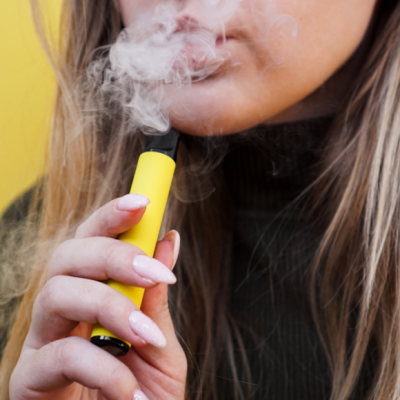A new study conducted by researchers at Purdue University has found that teenagers who use e-cigarettes before the age of 15 are more likely to become habitual smokers later in life. The study, which was published in the journal Tobacco Control, aimed to investigate whether e-cigarette use among young people leads to a reduction in tobacco use (the Disruption Hypothesis) or an increase in early patterns of tobacco use (the Entrenchment Hypothesis). The study surveyed a total of 1,893 teenagers who had started smoking before the age of 15, and found that more than half of them had also tried e-cigarettes.
The study found that individuals who had used both traditional cigarettes and e-cigarettes in their early years were significantly more likely to continue smoking cigarettes later in life compared to those who had no experience with e-cigarettes. In the UK, 61% of former e-cigarette users continued to smoke cigarettes in their later teenage years, compared to 50% of those who had never used e-cigarettes. In the US, the figures were 42% and 24% respectively. The study also found that teenagers who had used both traditional cigarettes and e-cigarettes in the past not only had a higher prevalence of smoking in their later teenage years, but also consumed a greater number of cigarettes.
The results of the study suggest that e-cigarettes may act as a gateway drug for young people, leading them to become habitual smokers later in life. The study’s authors were unable to find any evidence to support the Disruption Hypothesis, which suggests that e-cigarettes may reduce tobacco use among young people. The study’s findings are consistent with the Entrenchment Hypothesis, which suggests that e-cigarettes may reinforce early patterns of tobacco use among young people.
Overall, the study highlights the need for greater regulation of e-cigarettes and other vaping products, particularly among young people. Parents, educators, and healthcare professionals should be aware of the potential risks associated with e-cigarette use among teenagers, and should take steps to discourage young people from using these products.










